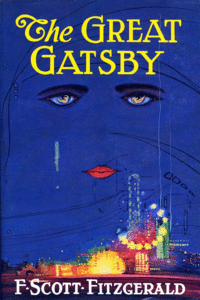The loose, romantic playfulness of
Manhattan Murder Mystery (1993) is lifted from screwball comedy of the 1930s. This laid-back romp gives Woody Allen and Diane Keaton an opportunity to be Cary Grant and Katharine Hepburn in
Bringing Up Baby (1938), Ray Milland and Jean Arthur in
Easy Living (1937), and Claudette Colbert and Don Ameche in
Midnight (1939), and it has the most sustained tempo of any of Allen's movies of that time. (
Alice, from 1989, is a lovely flight fantasy for the first hour, but gets bogged down in marital melodrama in the last half—its whimsical romance dissipates into sodden confusion that leaves moviegoers bummed out.)
 |
| Daffy detectives. Diane Keaton and Woody Allen |
The movie's central conceit is the romantic gambol of the old screwballs: the girl (often played by Carole Lombard, Barbara Stanwyck, or Jean Arthur, and later by Betty Hutton) is frisky and in the mood for an adventure, while the shy, straightlaced guy wants no part of it, but nervously follows her anyway because she's such a babe—Henry Fonda was the quintessential lovestruck nerd in
The Lady Eve (1941). Here, it's Keaton, back to form, leading a constantly protesting Woody Allen around with a ring in his nose, sneaking into people's apartments and scouting for clues.
Like those earlier screwballs,
Manhattan Murdery Mystery has its classic sequence: Allen, Keaton, and friends (Alan Alda and Anjelica Huston), a quartet of intrepid amateur detectives, concoct a plan to blackmail the suspected killer by playing prerecorded dialogue on cassette tape over the phone to simulate an actual conversation; naturally, the tapes get all jumbled and the "conversation" hits an abrupt snag. The last scene is kind of a dud—an anticlimactic shootout amid a maze of mirrors and projection screens (during the scene,
The Lady From Shanghai is playing on the screens just in case you couldn't quite figure it all out by yourself). But all in all, the movie is a plush, snug recliner: you can settle yourself in and have a pretty good time as old movie references fly back and forth, and cobblestone streets gets soaked with rain. Things are a lot closer to the spirit of the '30s here than Peter Bogdanovich's mostly witless
What's Up, Doc? (1972) or even several of the 1980s Allen comedies. In
Manhattan Murdery Mystery, Woody Allen got his groove back.




